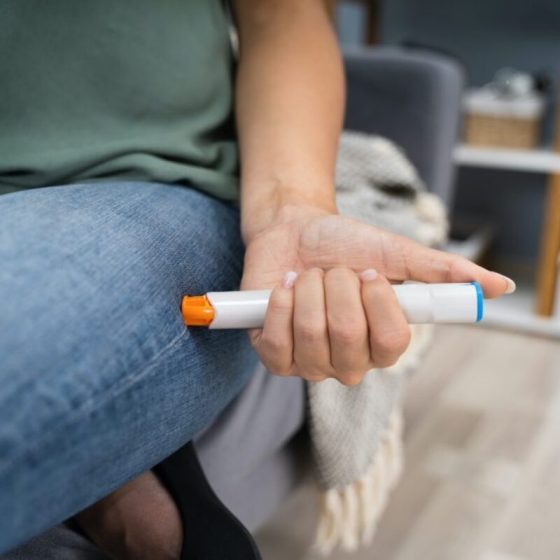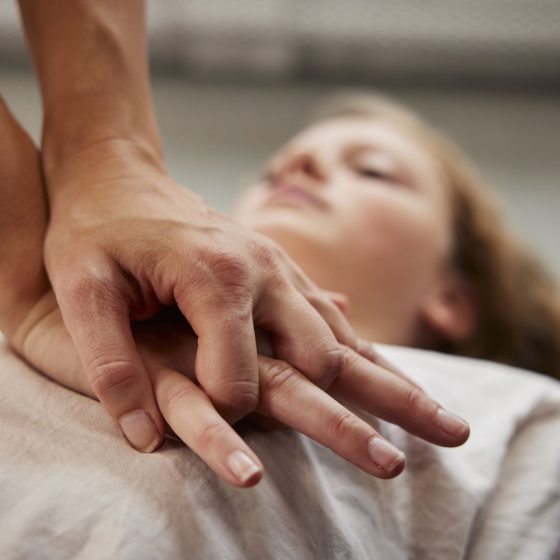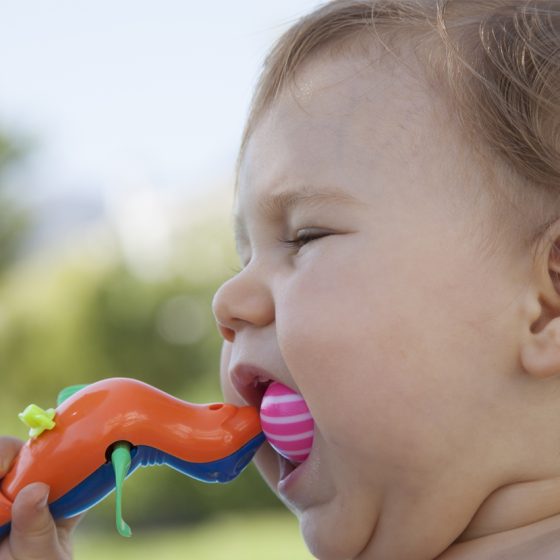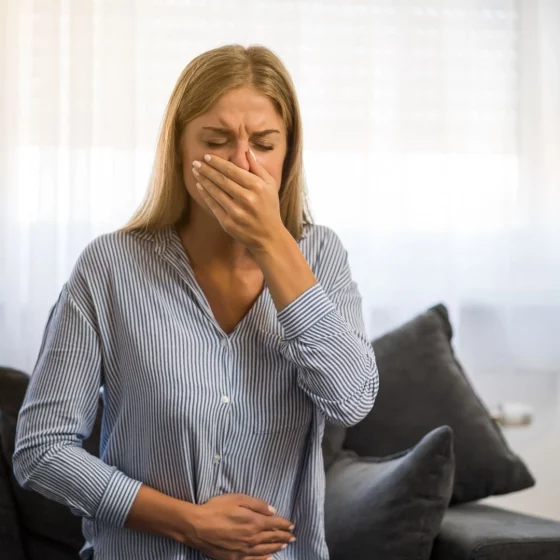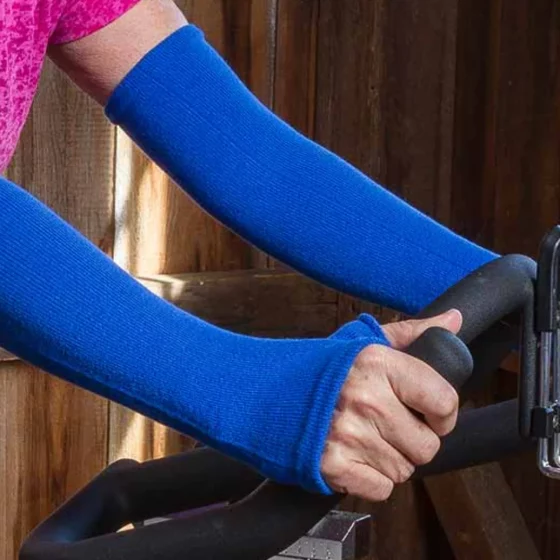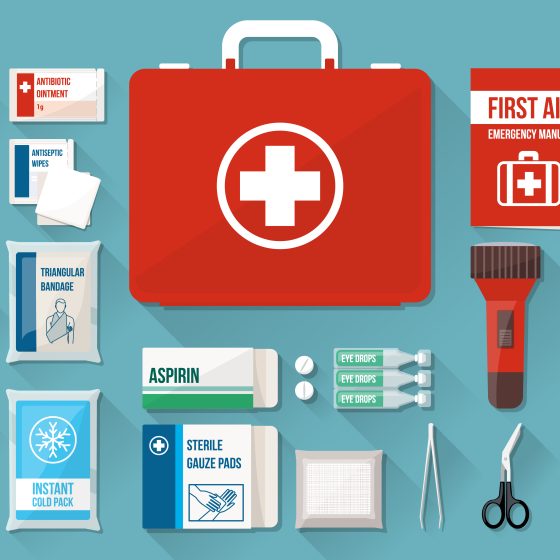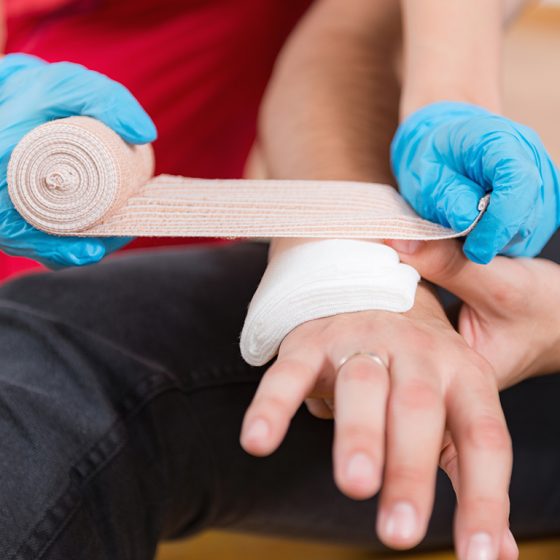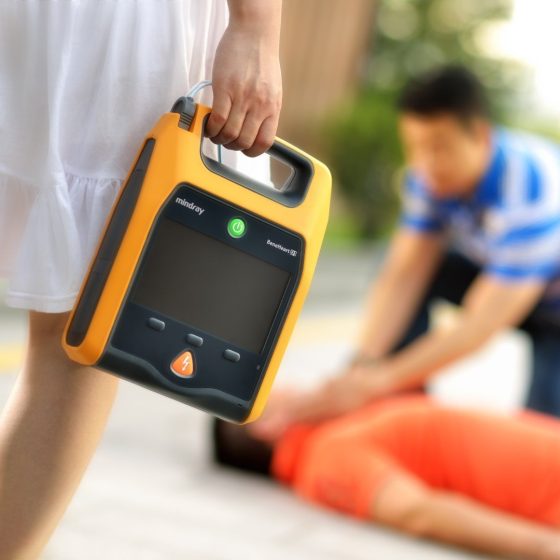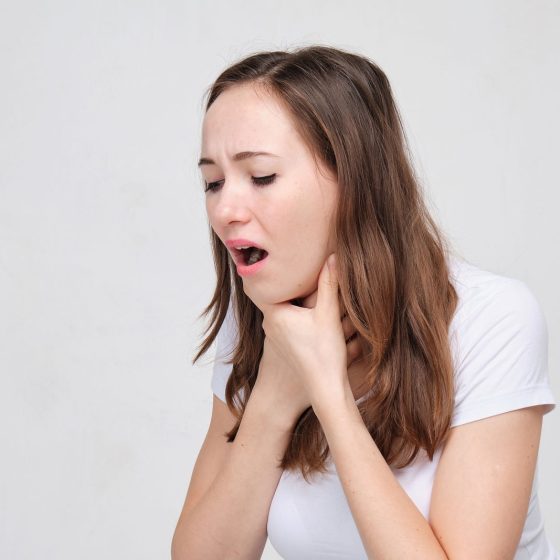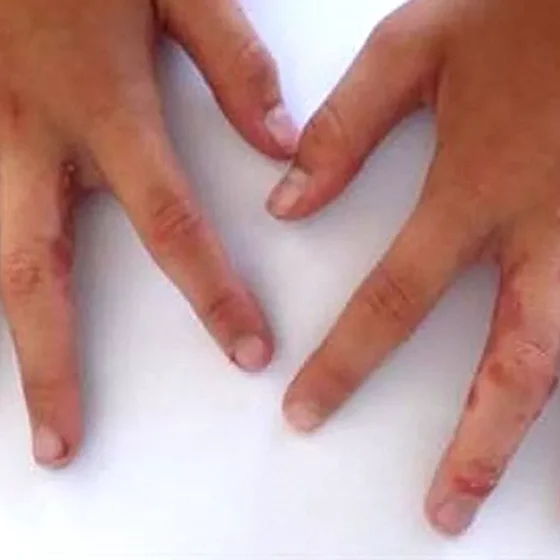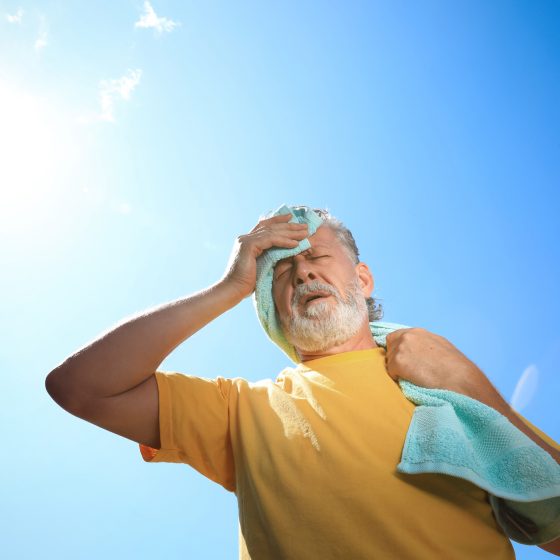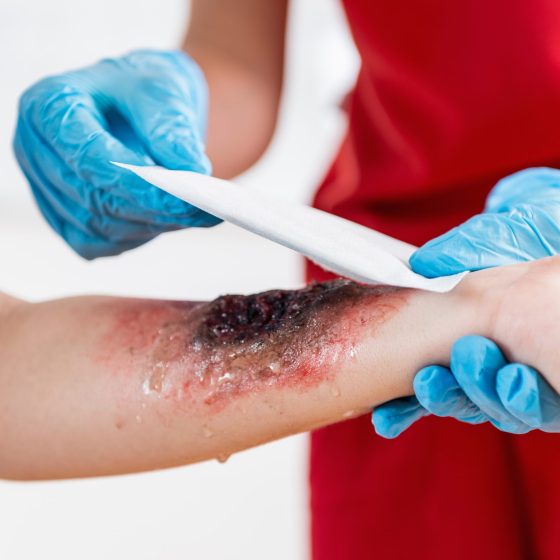How to use an adrenaline autoinjector ?
Key facts An adrenaline autoinjector can save the life of someone who is having a severe allergic reaction (anaphylaxis). They are designed to administer a single, fixed dose of adrenaline to treat anaphylaxis. Adrenaline autoinjectors are designed to be given by anyone, including people who are not medically trained. The two brands of adrenaline autoinjector available in Australia are EpiPen™ and Anapen™. If you have a known allergy, it’s important to always carry 2 adrenaline autoinjectors, together with your ASCIA allergy action plan and a medical alert device. What is an adrenaline autoinjector? Adrenaline autoinjectors are used to treat severe

